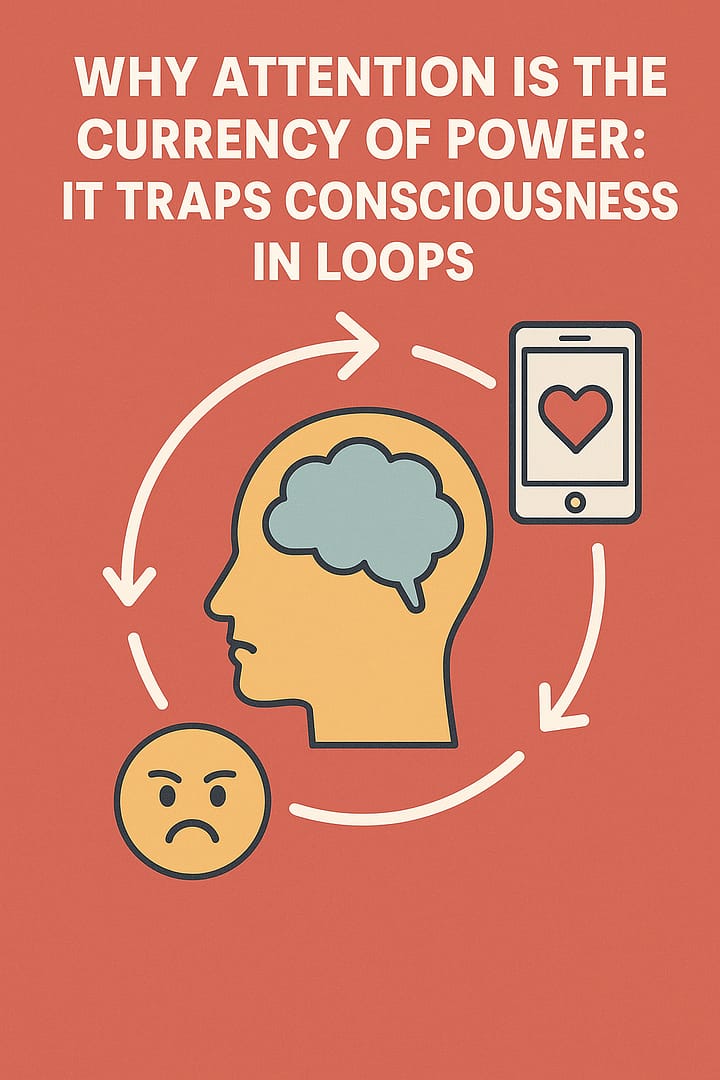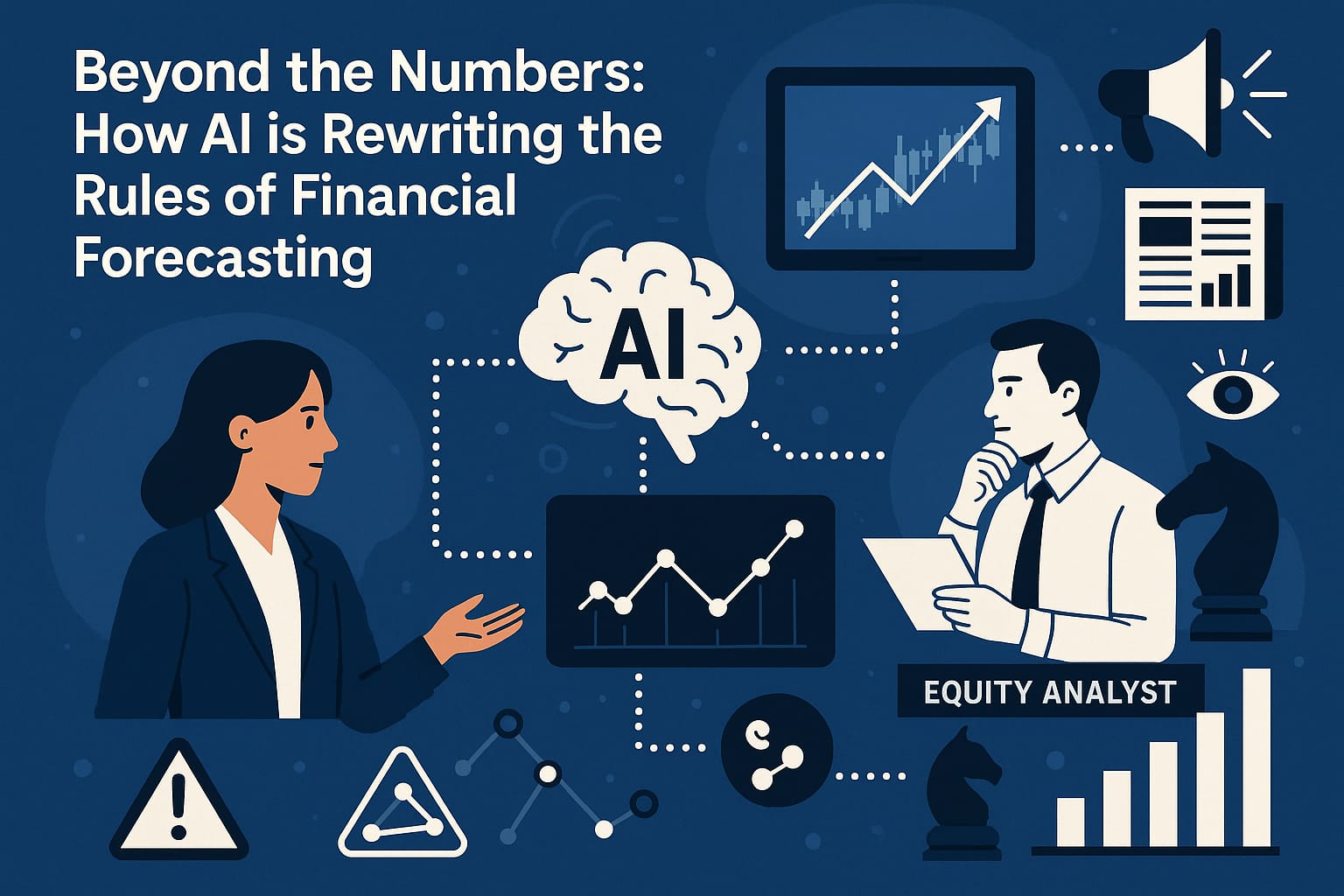Navigating the Future of Technology
In a world increasingly driven by artificial intelligence (AI) and automated systems, the need for ethical considerations in technology has never been more pressing. As we develop and deploy advanced AI, ensuring these systems are fair, transparent, and accountable is paramount. This article delves into the intricacies of ethical computing and AI frameworks, exploring their importance, challenges, and future directions.
The Imperative for Ethical AI
Why Ethics Matter in AI
Ethics in AI isn’t just a theoretical concern; it’s a practical necessity. Unchecked, AI can perpetuate biases, invade privacy, and make decisions that impact lives without accountability. Consider the following:
- Bias and Discrimination: AI systems trained on biased data can reinforce and amplify societal prejudices.
- Privacy Concerns: AI’s ability to process vast amounts of data poses significant risks to personal privacy.
- Accountability: Autonomous systems making critical decisions (e.g., self-driving cars, medical diagnoses) must be accountable for their actions.
Real-World Impacts
Several incidents highlight the urgent need for ethical AI frameworks:
- Facial Recognition Bias: Studies have shown that facial recognition systems can have higher error rates for people of color, leading to misidentification and unjust consequences.
- Algorithmic Decision-Making: AI algorithms used in hiring, lending, and law enforcement have been found to exhibit biases that disadvantage certain groups.
Ethical Computers and AI Frameworks on Amazon
Principles of Ethical AI
To address these challenges, several core principles guide the development of ethical AI:
Fairness
AI systems should ensure equitable treatment of all individuals, avoiding biases that discriminate against particular groups.
Example:
A hiring algorithm should be trained on diverse datasets to prevent bias against candidates from underrepresented backgrounds.
Transparency
AI operations should be understandable and explainable. Users need to know how decisions are made.
Example:
Healthcare AI providing treatment recommendations should explain its reasoning, allowing doctors to understand and trust its suggestions.
Accountability
There must be mechanisms to hold AI systems and their creators accountable for their actions.
Example:
In the event of an autonomous vehicle accident, clear protocols should exist to determine responsibility and address any harms caused.
Privacy
AI systems should respect and protect individuals’ privacy, ensuring data is used ethically and securely.
Example:
AI applications handling sensitive data, like health records, must comply with strict privacy regulations and use robust encryption methods.
Building Ethical AI Frameworks
Multidisciplinary Approach
Creating ethical AI frameworks requires collaboration across various fields, including computer science, law, sociology, and ethics.
Key Components of an Ethical AI Framework
1. Ethical Guidelines
Developing comprehensive guidelines that define ethical behavior for AI systems.
Example:
The IEEE’s “Ethically Aligned Design” provides guidelines for ensuring AI respects human rights and societal norms.
2. Bias Mitigation Techniques
Implementing methods to identify and reduce biases in AI systems.
Example:
Techniques like re-sampling, re-weighting data, and adversarial debiasing can help create fairer AI models.
3. Explainability Tools
Creating tools that make AI decisions transparent and understandable.
Example:
LIME (Local Interpretable Model-agnostic Explanations) is a tool that explains the predictions of machine learning models in an interpretable manner.
4. Accountability Mechanisms
Establishing clear protocols for accountability in AI operations.
Example:
Developing audit trails and impact assessments to monitor AI systems and ensure they comply with ethical standards.
Ethical AI in Practice
Case Study: Healthcare
The Challenge
AI in healthcare promises improved diagnostics and personalized treatments but raises ethical concerns about patient privacy and decision-making transparency.
The Solution
- Ethical Guidelines: Implement guidelines ensuring AI respects patient autonomy and consent.
- Bias Mitigation: Use diverse training data to avoid biases in diagnostic algorithms.
- Explainability: Develop tools to explain AI-generated treatment plans to doctors and patients.
- Accountability: Establish clear accountability for AI recommendations, ensuring medical professionals can override AI when necessary.
Case Study: Autonomous Vehicles
The Challenge
Self-driving cars need to make real-time decisions that can impact human lives, necessitating robust ethical frameworks.
The Solution
- Ethical Guidelines: Define ethical rules for decision-making in critical situations (e.g., accident scenarios).
- Bias Mitigation: Ensure algorithms are trained on diverse driving data to handle various road conditions and demographics.
- Explainability: Provide transparency in decision-making processes, enabling users and regulators to understand and trust autonomous decisions.
- Accountability: Create legal frameworks that define liability and responsibility in case of accidents.
Future Directions in Ethical AI
Continuous Learning and Adaptation
Ethical AI frameworks must evolve with advancements in technology and societal changes. Continuous learning and adaptation are crucial.
Global Collaboration
International collaboration is essential to create harmonized ethical standards and regulations, ensuring consistent practices worldwide.
Enhanced Regulatory Oversight
Governments and regulatory bodies must play an active role in overseeing AI development and deployment, enforcing ethical standards.
Public Engagement
Engaging the public in discussions about AI ethics helps build trust and ensures that societal values are reflected in AI systems.
Conclusion
The future of AI hinges on our ability to integrate ethical considerations into its development and deployment. By adhering to principles of fairness, transparency, accountability, and privacy, and by building robust ethical frameworks, we can harness the power of AI while safeguarding human values. As we navigate this evolving landscape, a commitment to ethical AI will ensure technology serves humanity’s best interests, creating a future that is not only intelligent but also just and equitable.
Ethical Computers and AI Frameworks on Amazon

Thank you for questions, shares and comments!
Share your thoughts or questions in the comments below!
Text with help of OpenAI’s GPT language models , Images with help of DALLE, openai chatbox, DALLE-2 , Fleeky & MI






